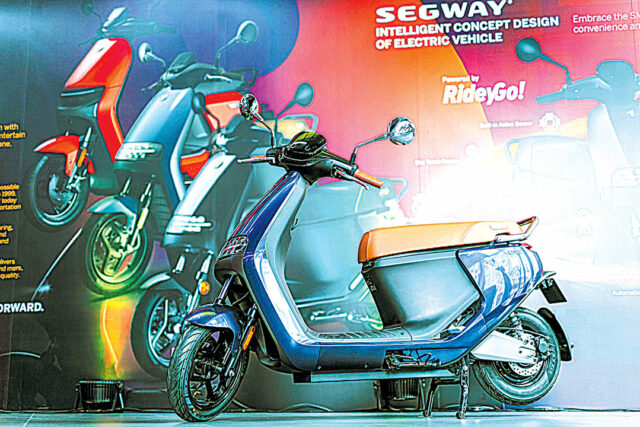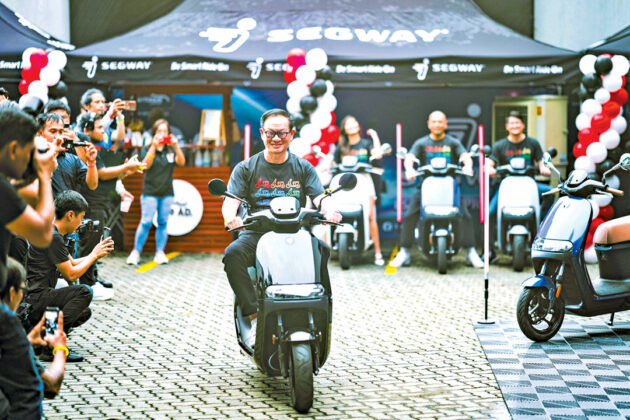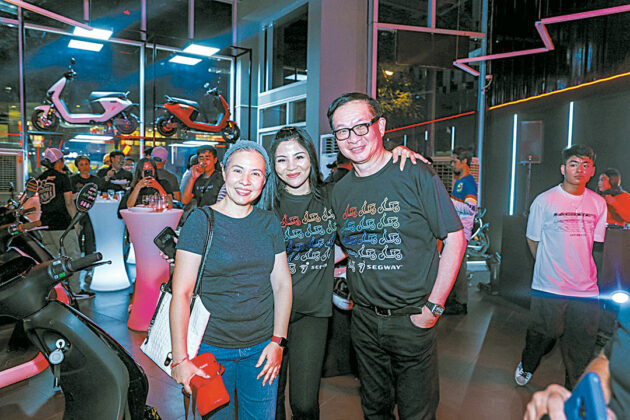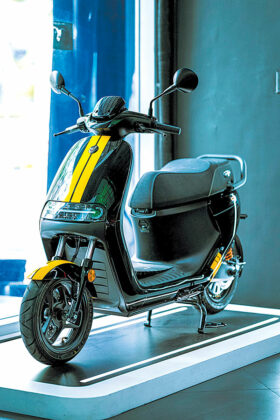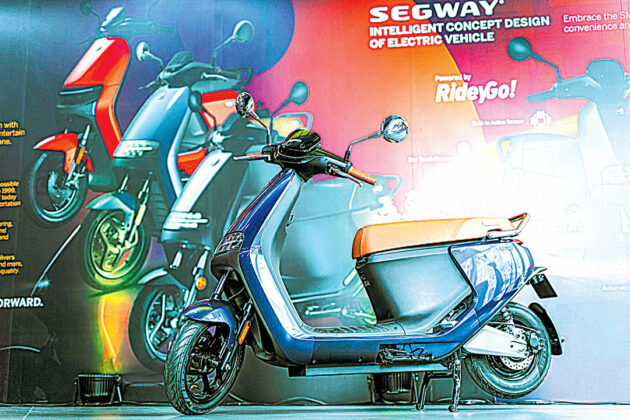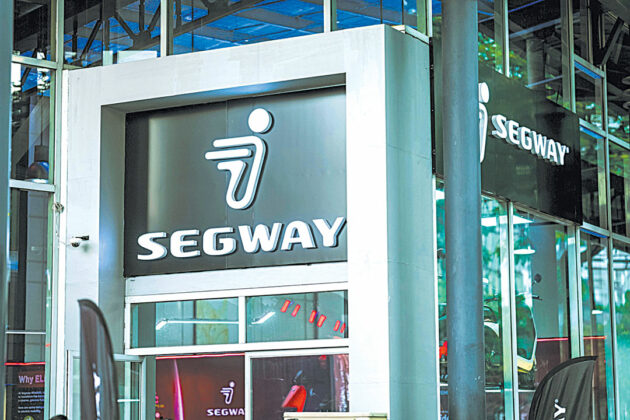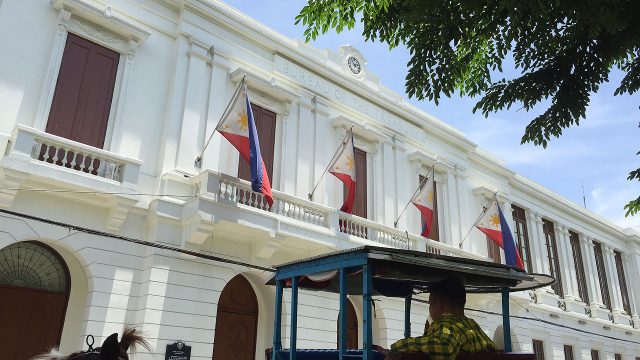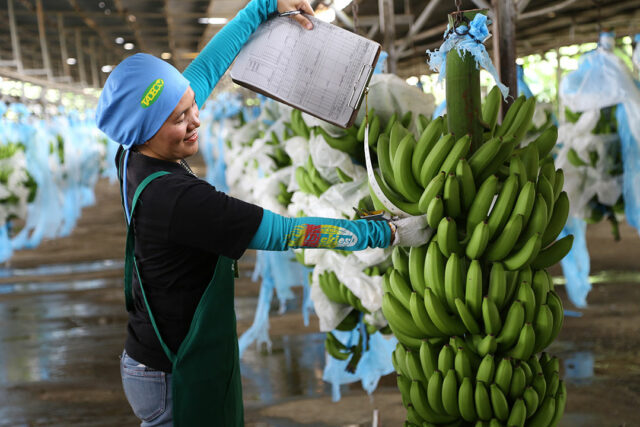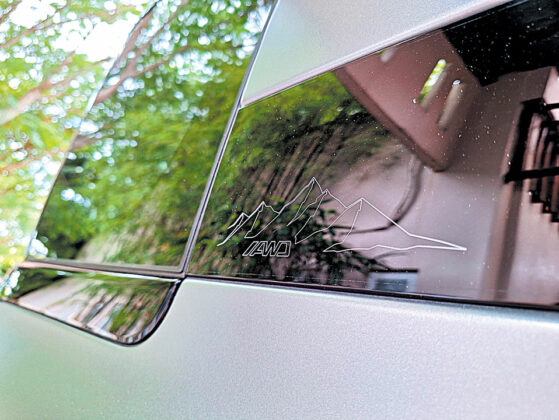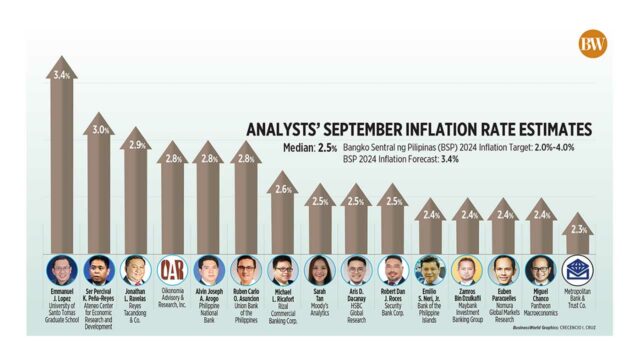Should Americans be bracing for bloodshed if Donald Trump loses the 2024 presidential election?
As a political scientist who studies American politics, I can easily imagine a repeat of the Jan. 6, 2021, Capitol insurrection — or worse — following this November’s presidential election.
FLASHBACK TO 2020
Four years ago, in an attempt to overturn his loss in the 2020 presidential election, then-President Donald Trump and his surrogates furiously challenged its results. Lodging 63 lawsuits, Trump and his surrogates tried to discredit or override vote counting, election processes and certification standards in nine states.
None of these attempts was successful. Many were dismissed as baseless — often by Trump-appointed judges — before they even saw trial. Simply put, there is no evidence of widespread fraud. Even a voter data expert hired by Trump concluded that the 2020 election was not stolen.
The US legal system agreed, demonstrating that courts remain an important bulwark protecting American democracy. Yet the legal system cannot prevent political violence wrought by election denialism, as the country soon learned.
On Jan. 6, 2021, over 2,000 people stormed the United States Capitol to forcibly prevent Congress from certifying the 2020 presidential election. Four people died and 138 police officers were injured during the riot, which inflicted nearly $3 million of damage. Four officers who responded to the riot would later kill themselves.
The mob was spurred, at least in part, by Trump’s rousing speech at a rally in Washington, DC, earlier that day. There, he reiterated his claims that the 2020 election had been “stolen by emboldened radical-left Democrats” and warned the crowd of approximately 53,000 that “if you don’t fight like hell, you’re not going to have a country anymore.”
Many legal scholars considered this to be incitement.
“He clearly knew there were people in that crowd who were ready to and intended to be violent,” legal scholar Garrett Epps told the BBC. “He not only did nothing to discourage it, he strongly hinted it should happen.”
TRUMP: A SORE LOSER … AND WINNER
Trump has a long history of denying the results of any contest whose outcome he does not like.
Before entering the political arena, Trump called the 2012 Emmys “dishonest” because his show, The Apprentice, did not win. In 2012, he dismissed then-President Barack Obama’s reelection as a “total sham” and questioned the accuracy of vote tallies and voting machines. Unleashing a barrage of tweets, Trump urged citizens to “fight like hell” against a “disgusting injustice.”
As a presidential candidate in 2016, Trump called the Republican primaries fraudulent after his competitor Sen. Ted Cruz won in Iowa, tweeting that the Texan “stole it.”
Ultimately, Trump won the Republican primaries and the national presidential campaign against Hillary Clinton in 2016. Nonetheless, he falsely claimed that he only lost the popular vote —Trump fell 2 million short of Clinton’s 65.8 million votes — due to massive voting among illegal immigrants.
ATTACKING THE 2024 ELECTION
Trump has doubled down on his election denial this election cycle. By May 2024, The New York Times had documented 550 such statements, up from roughly 100 in the entire 2020 campaign.
Continuing to insist that the 2020 election was “rigged,” Trump predicts a repeat in 2024.
This narrative of pervasive victimization has been bolstered by a flurry of lawsuits and criminal investigations brought against the former president. Since 2020, state and federal prosecutors have charged Trump with 94 crimes, including business fraud, mishandling classified documents and interfering with the federal election.
In New York, he was convicted of 34 counts of corporate fraud and found liable for sexual abuse in a civil case filed by author E. Jean Carroll.
Trump has cast these legal challenges as a deliberate attempt by President Joe Biden to interfere with the 2024 election over 350 times.
“My legal issues, every one of them, civil and the criminal ones, are all set up by Joe Biden,” Trump told a New York City crowd in January 2024. “They’re doing it for election interference.”
His surrogates amplify this message. For instance, Mike Howell, director of the right-leaning Heritage Foundation’s Oversight Project, proclaimed on June 6, 2024, at a public Washington event that there is a “0% chance of a free and fair election.”
FROM DENIALISM TO VIOLENCE: WARNING SIGNS
Lying about election results is no mere tantrum. It is a cornerstone of Trump’s strategy to paint himself as the victim of an elitist deep state — an image that appeals to his base, particularly among white working-class voters, some of whom feel that they are victims themselves of globalization and shadowy elites.
This strategy is working.
A September 2023 survey by the independent pollster PRRI showed that 32% of Americans believe that the 2020 election was stolen. Even though the question has been comprehensively litigated and dismissed in the courts, many American citizens simply do not believe, under any circumstances, that Trump can lose in a fair election.
That fact, combined with other statistics from the same poll, explains why I believe another Jan. 6 is possible.
About 23% of Americans and 33% of Republicans believe that “true American patriots may have to resort to violence in order to save our country” — a 5% increase among Republicans and 8% among the general public since 2021.
Meanwhile, 75% of Americans believe that American democracy is at risk in the 2024 election. That, too, may be something worth fighting for — especially when 39% of Trump supporters and 42% of Biden supporters report having no friends who support the opposing candidate. When people do not trust or socialize with people unlike them, violence between groups is more likely.
I fear little can be done to prevent such violence.
In 2022, Congress, acting in rare bipartisan fashion, approved the Electoral Count Reform and Transition Improvement Act of 2022, which closed many doors that President Trump attempted to use to thwart the 2020 election. Yet, as history shows, rule of law is not a certain brace against violence.
Given the perceived stakes of the election for most Americans, along with Trump’s ever-sharpening incendiary rhetoric, it is hard to imagine that Jan. 6, 2021, was an isolated chapter in American history.
Indeed, it may have been just a prelude.
THE CONVERSATION VIA REUTERS CONNECT
Alexander Cohen is an assistant professor of Political Science at Clarkson University.

